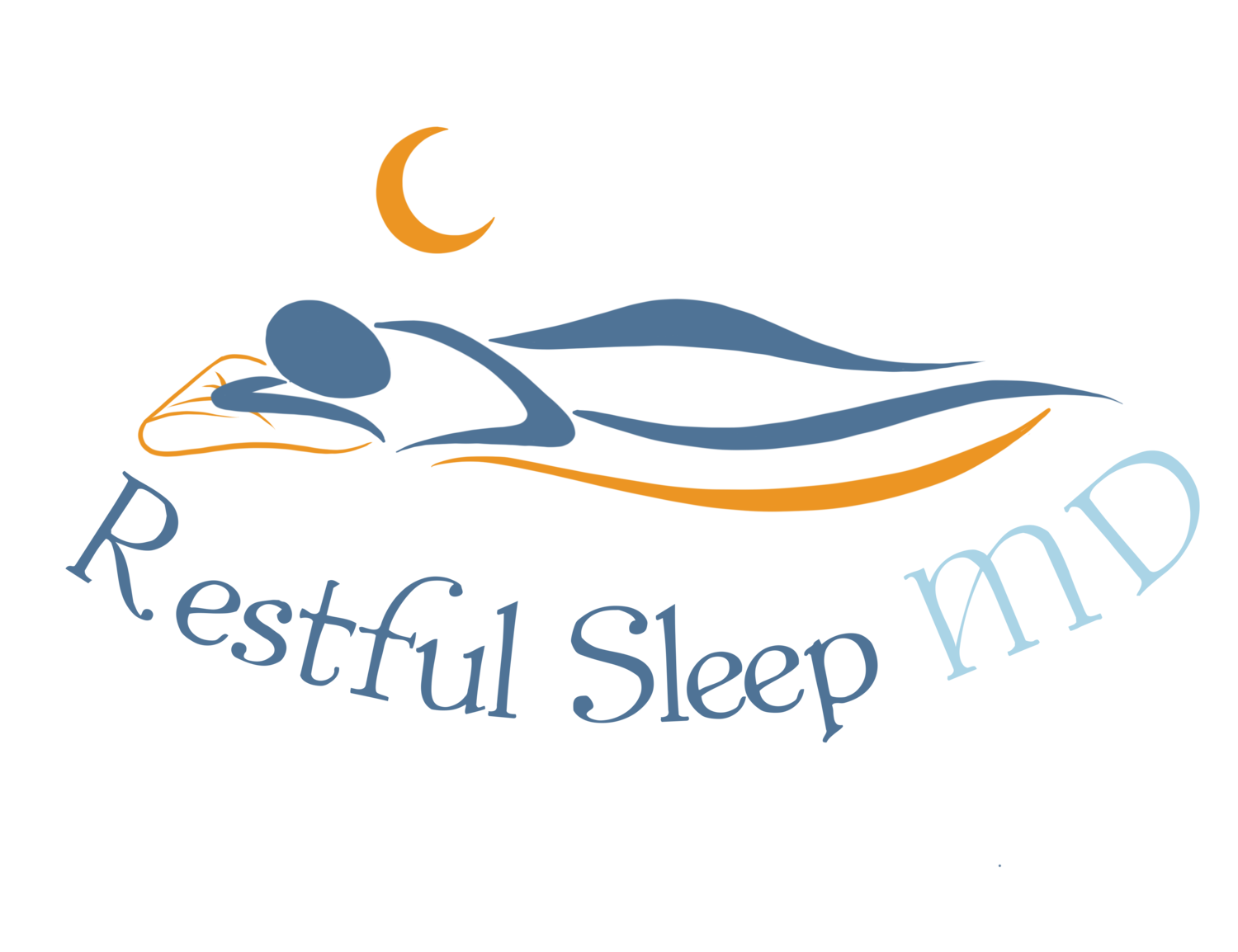Is Your Child’s Snoring Normal? Signs, Causes, and When to Seek Help
The impact of snoring
Frequent or loud snoring can significantly impact a child's sleep quality and overall health. When a child's breathing is obstructed during sleep, it disrupts their sleep cycle, leading to poor sleep quality. Over time, this can decrease their ability to focus, learn, and retain information during the day.
Snoring has also been linked to behavioral issues in children, such as irritability, hyperactivity, and even developmental delays. This is because the lack of quality sleep affects a child's cognitive functions, mood regulation, and energy levels.
In more severe cases, childhood snoring can be a symptom of a sleep disorder called obstructive sleep apnea (OSA). OSA causes pauses in breathing and drops in oxygen levels during sleep, which can have long-term consequences if left untreated. These include elevated blood pressure, heart problems, and even growth and developmental delays.
What causes snoring in children?
There are several common culprits behind childhood snoring, including:
Allergies or respiratory infections that cause nasal and airway congestion
Enlarged tonsils or adenoids that block the airway
A deviated septum or other structural abnormalities in the nose or throat
Overweight or obese, which can contribute to airway obstruction
If your child is snoring regularly, it's important to have them evaluated by their pediatrician or a sleep specialist. They can help identify the underlying cause and recommend the appropriate treatment.
When to Seek Help for Your Child's Snoring
Keep an eye out for these signs that your child's snoring may be something more serious:
Snoring on a regular basis, not just when they have a cold
Gasping, choking, or pauses in breathing while asleep
Heavy sweating during sleep
Difficulty waking up in the morning
Daytime fatigue, irritability, or behavioral problems
If you notice any of these, don't hesitate to bring it up with your child's doctor. They may recommend a sleep study or refer you to a sleep specialist to get to the root of the issue. With the right diagnosis and treatment, you can help your child get the quality sleep they need to thrive.
At The Restful Sleep Place, we offer personalized and comprehensive evaluations to address the root cause of your child’s snoring.
Obstructive Sleep Apnea
Obstructive sleep apnea (OSA) occurs when a child stops breathing during sleep. The pauses in breathing usually occurs because there is a blockage (obstruction) in the airway. Obstructive sleep apnea affects many children and is most commonly found in children between 2 and 6 years of age, but can occur at any age.
Causes of Obstructive Sleep Apnea
The most common cause of obstructive sleep apnea in children is enlarged tonsils and/or adenoids. During sleep, there is a considerable decrease in muscle tone, which affects the airway and breathing. Many of these children have little difficulty breathing when awake; however, with decreased muscle tone during sleep, the airway becomes smaller, and the tonsils and adenoids block the airflow. This makes the flow of air more difficult and increases the work the child has to do to breathe.
Other risk factors for obstructive sleep apnea include being overweight, having a small jaw, or narrow airway, craniofacial syndromes, muscle weakness, or Down syndrome.
Symptoms of Obstructive Sleep Apnea
Common symptoms of obstructive sleep apnea in children include:
- Snoring or noisy breathing during sleep
- Pauses in breathing
- Mouth breathing
- Restlessness during sleep
- Sleeping in odd positions
- Behavior problems or sleepiness
- School problems
- Bedwetting
- Frequent infections
Diagnosis and Testing for Sleep Apnea
If you are concerned about your child's breathing during the night, talk to your child's healthcare provider. They may refer your child to a sleep specialist, or ear-nose-throat (ENT) doctor, for further evaluation, which may include an overnight sleep study (polysomnography).
Your doctor will discuss the usefulness of a sleep study with you. Other tests like lateral neck x-ray to view the size of the adenoids, may be recommended.
An overnight sleep study will help us determine the severity of your child’s sleep disorder and many times will help determine the treatment options.
The most common treatment for obstructive sleep apnea in children is surgical removal of the tonsils and adenoids. Other treatments may include palate expansion, myofunctional therapy, continuous positive airway pressure (CPAP) therapy, weight loss, or other procedures depending on the cause of the obstruction.
If left untreated, obstructive sleep apnea can lead to poor growth, learning difficulties, high blood pressure, and hormone changes.
Work closely with your child's healthcare team to determine the best treatment plan for your child's condition.
Remember specific treatments are tailored to your child’s needs.


